Full text
PDF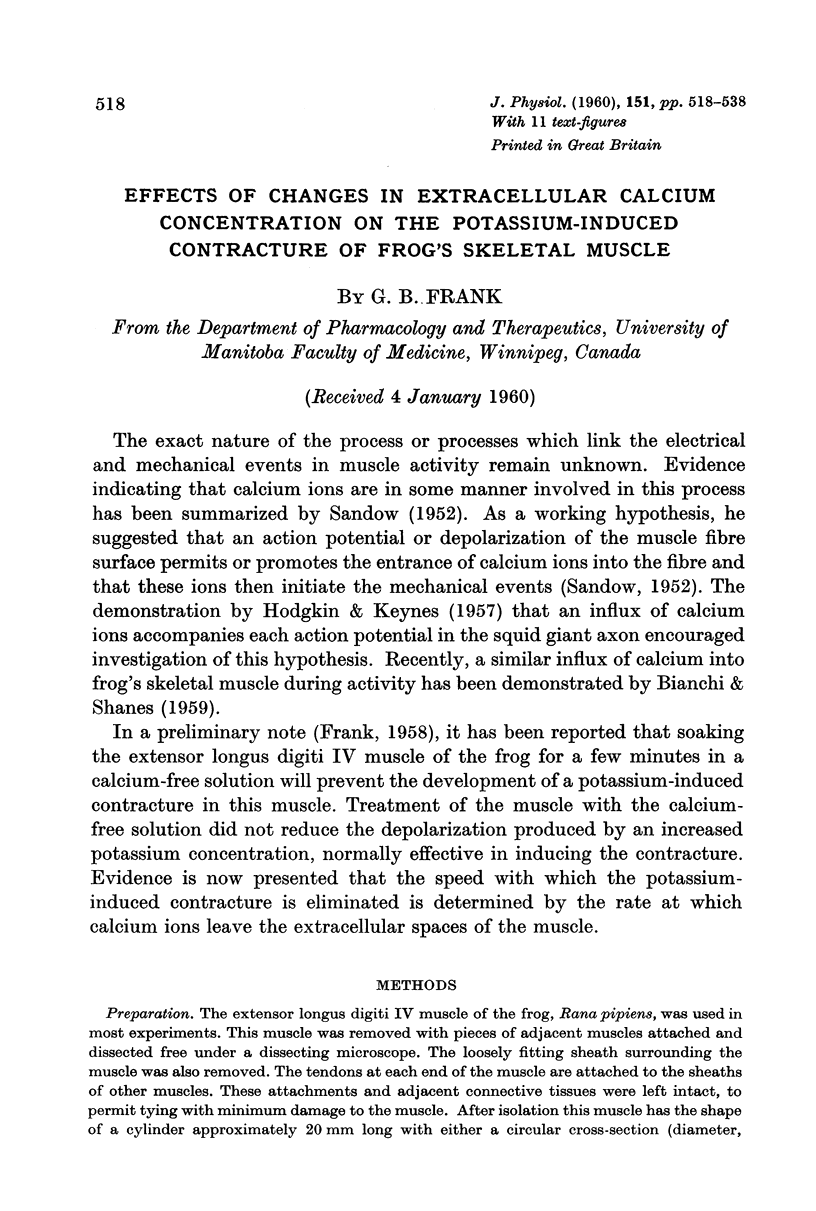
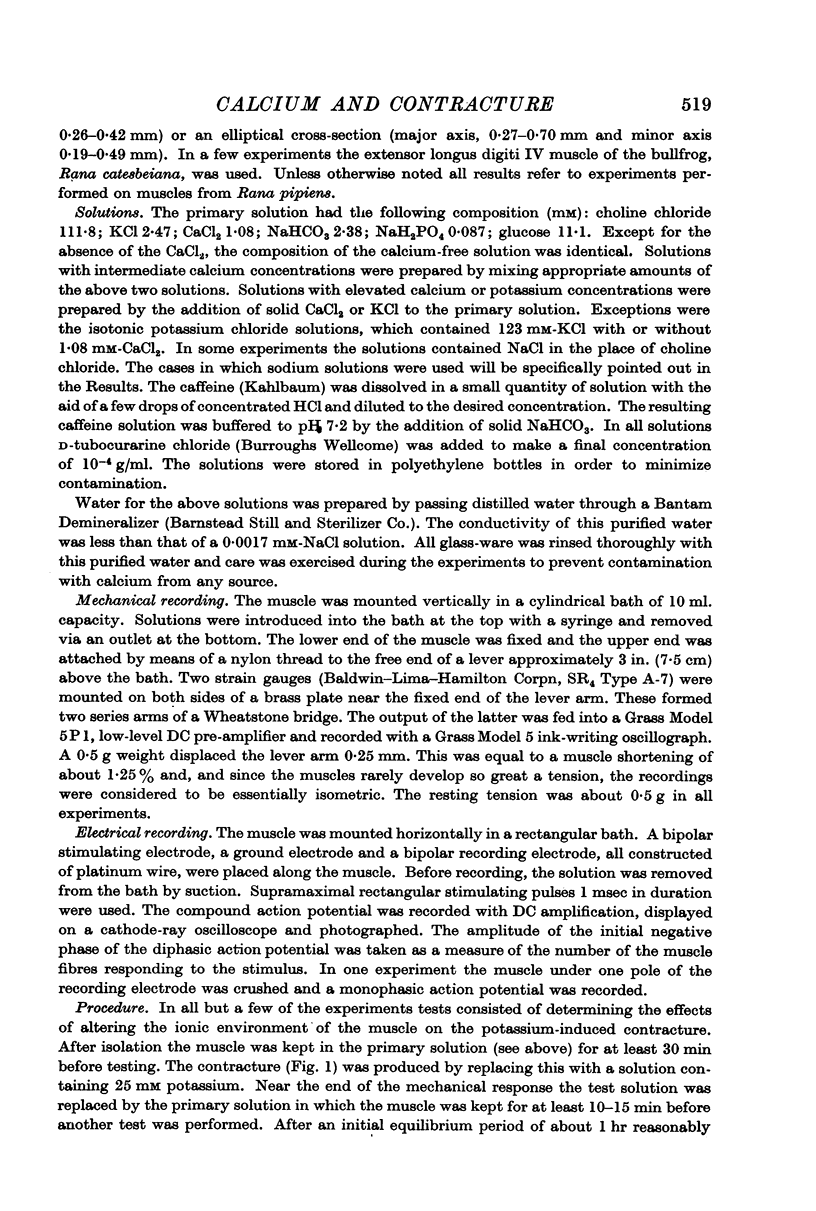
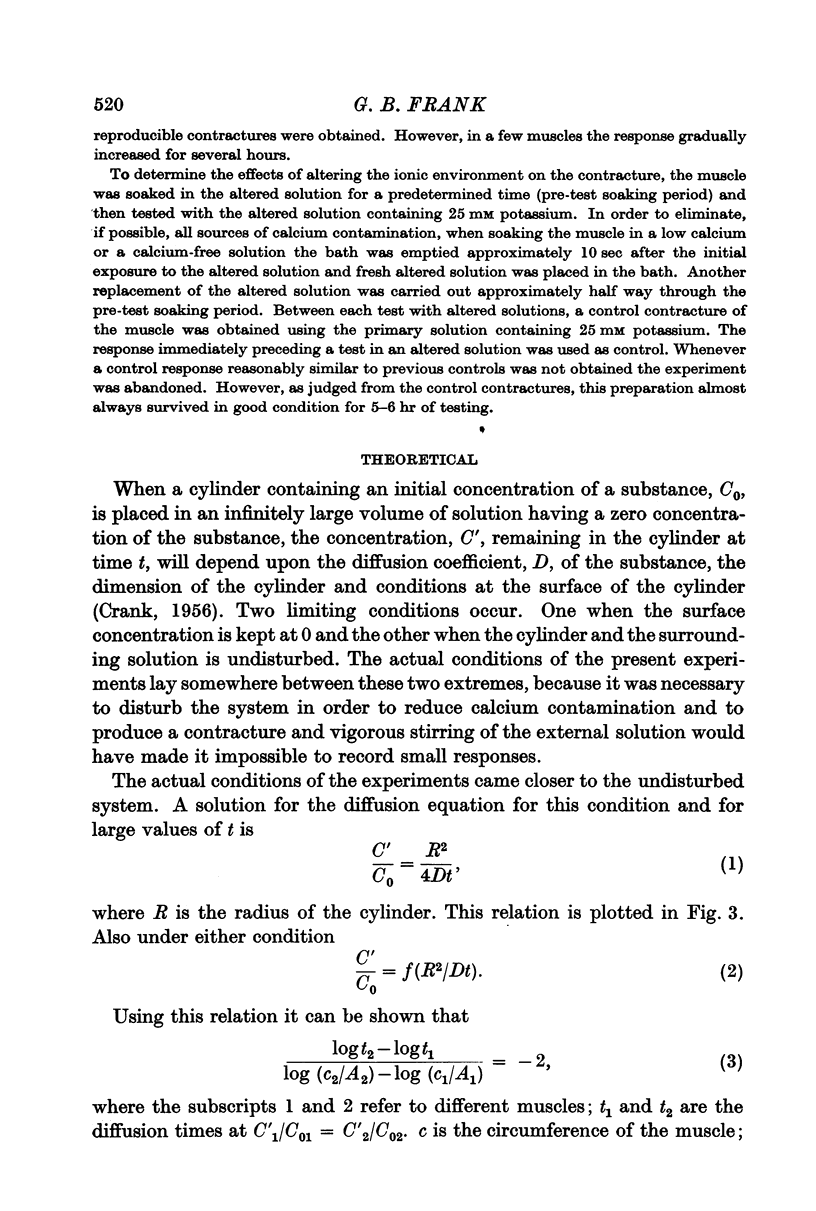
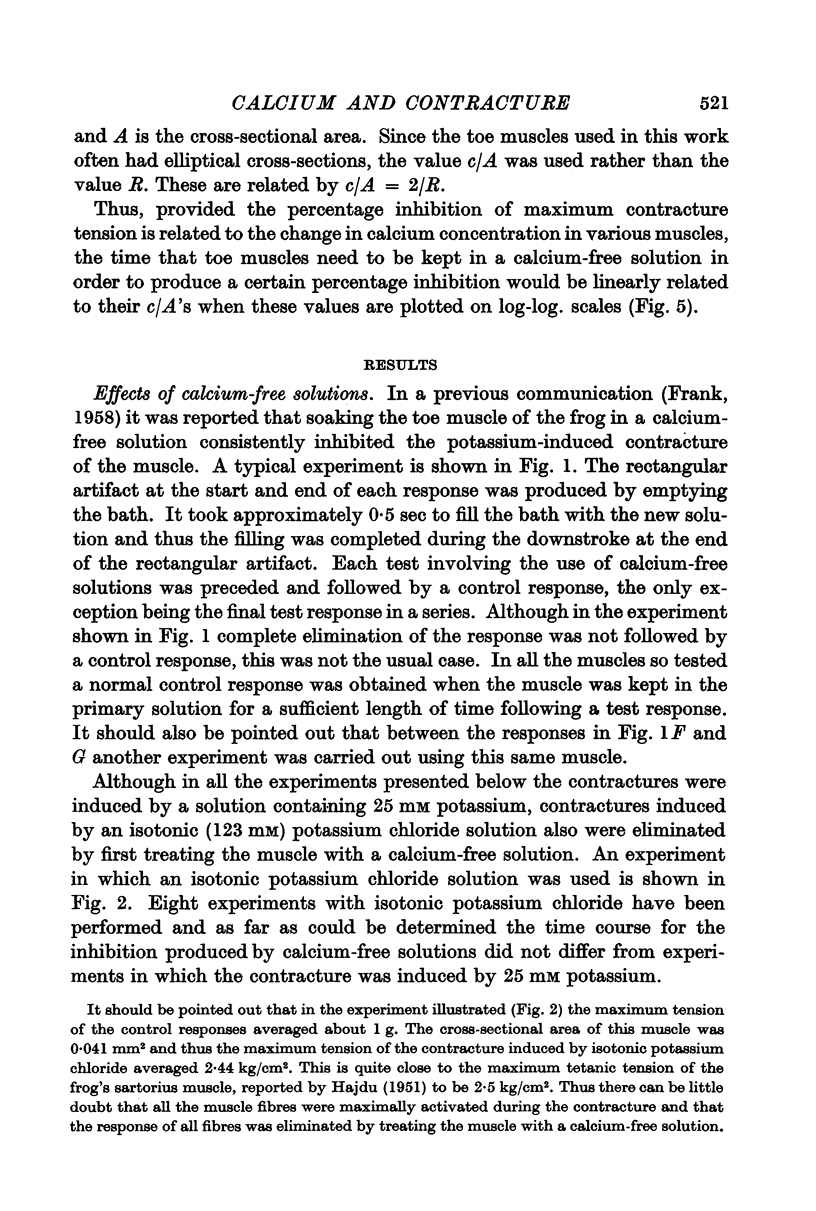
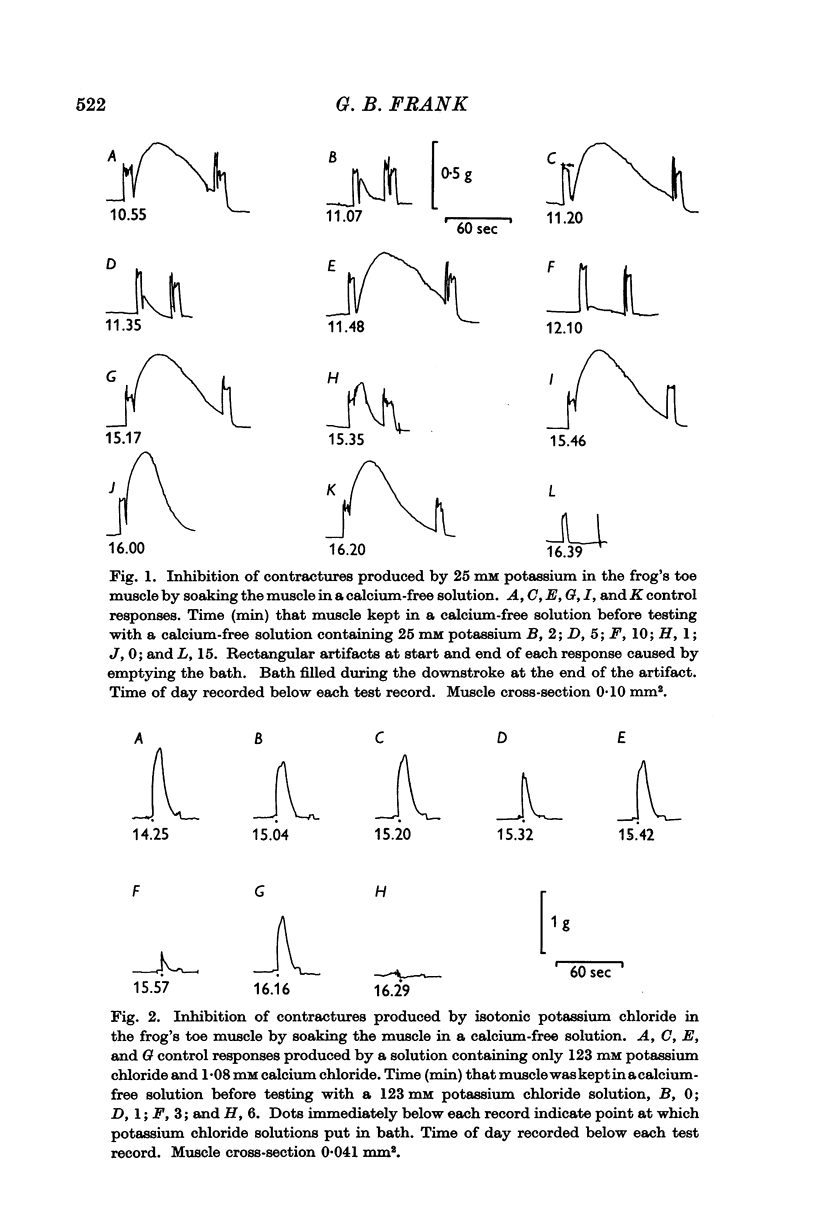
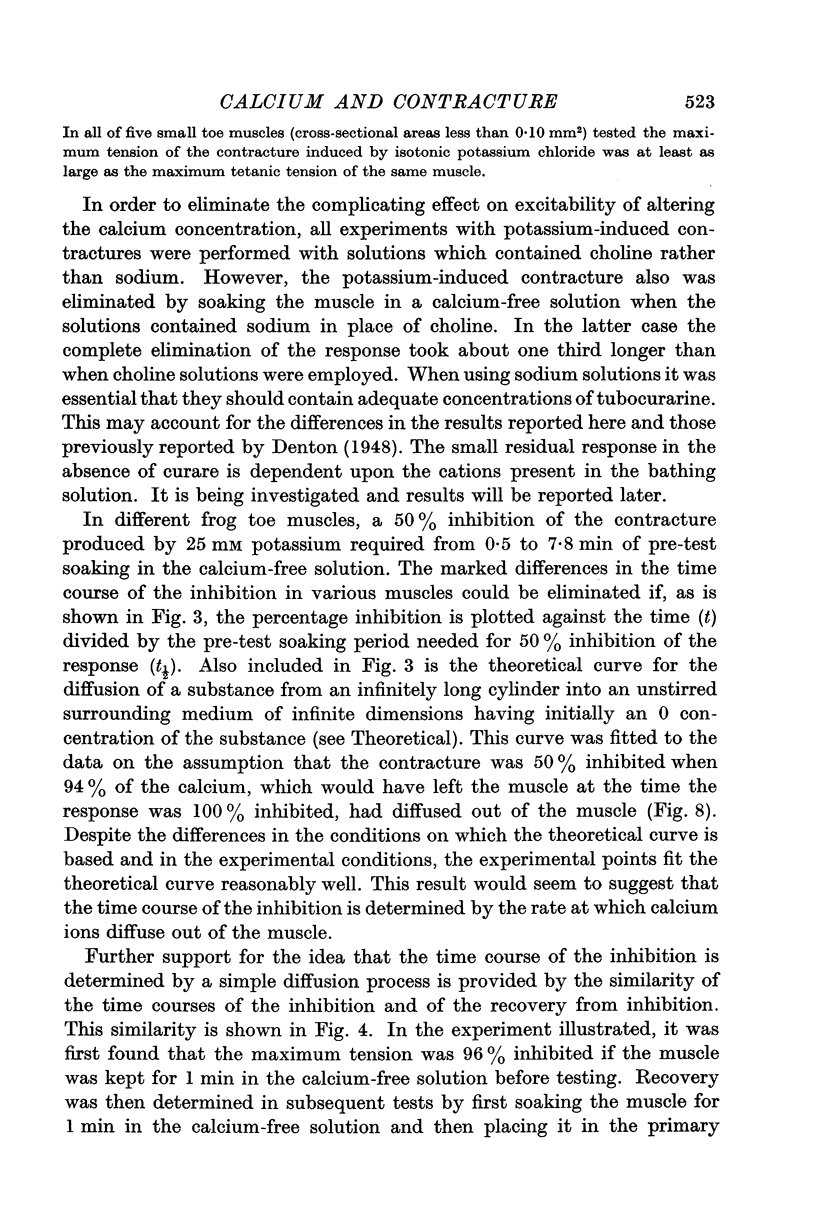
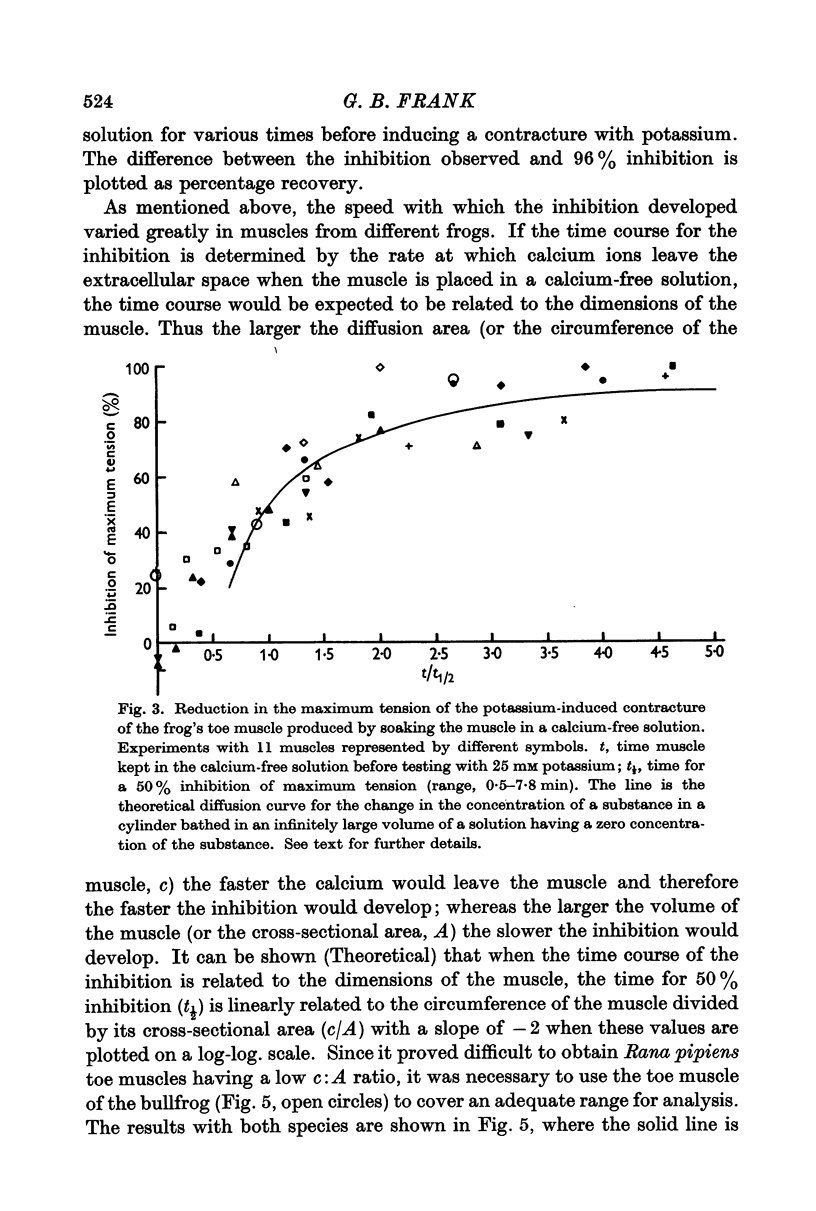
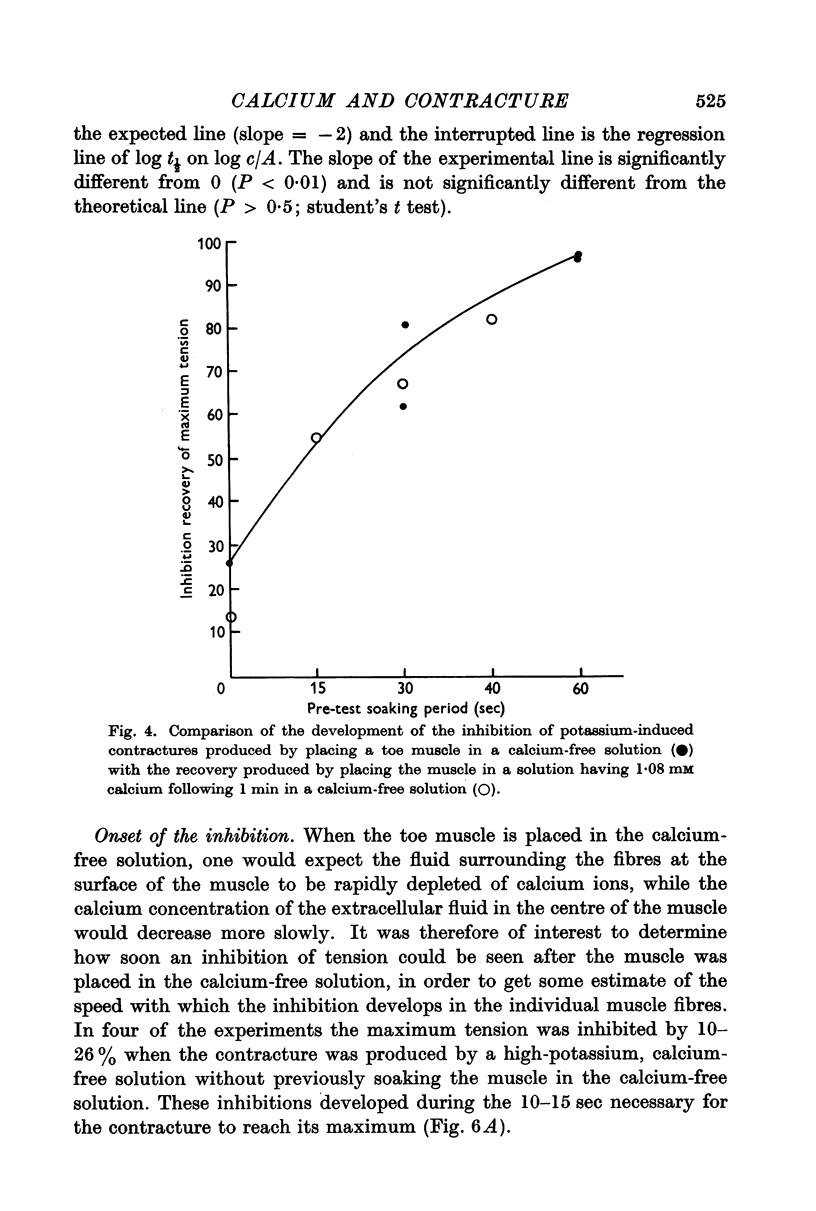
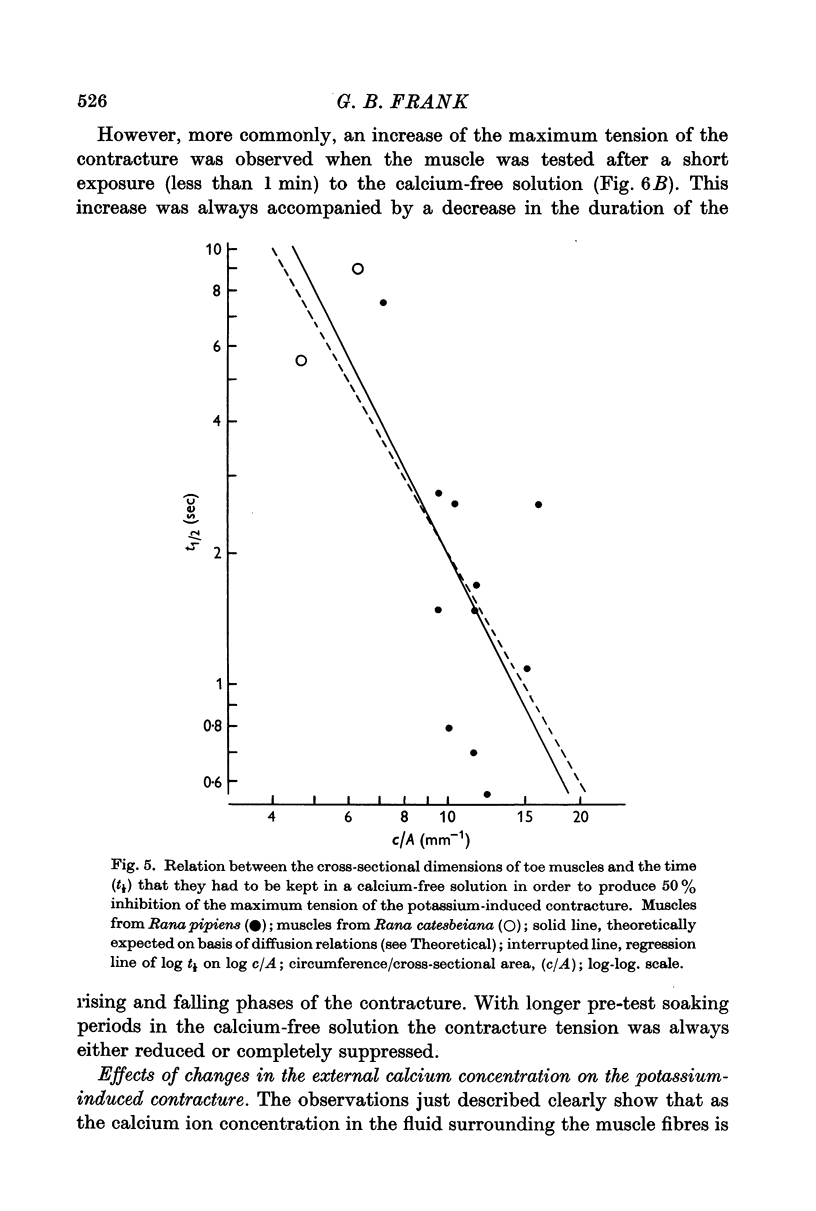
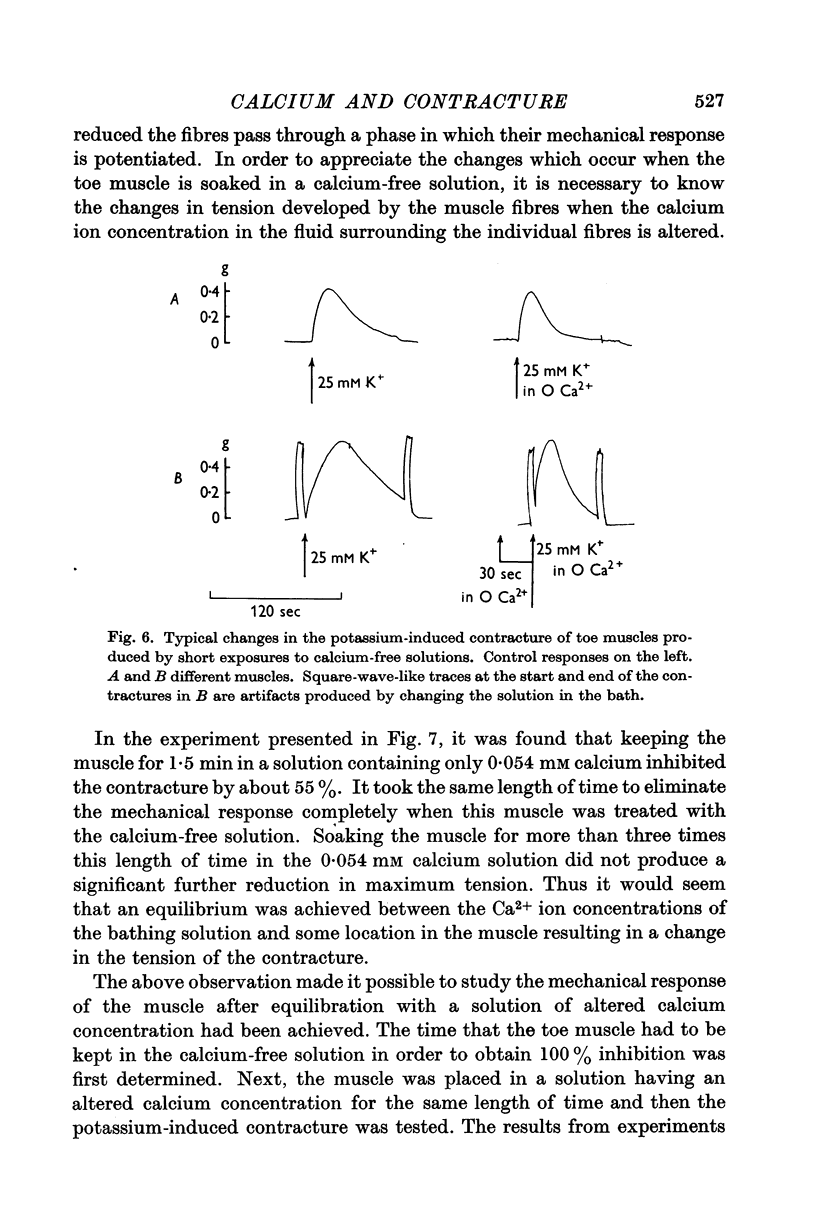
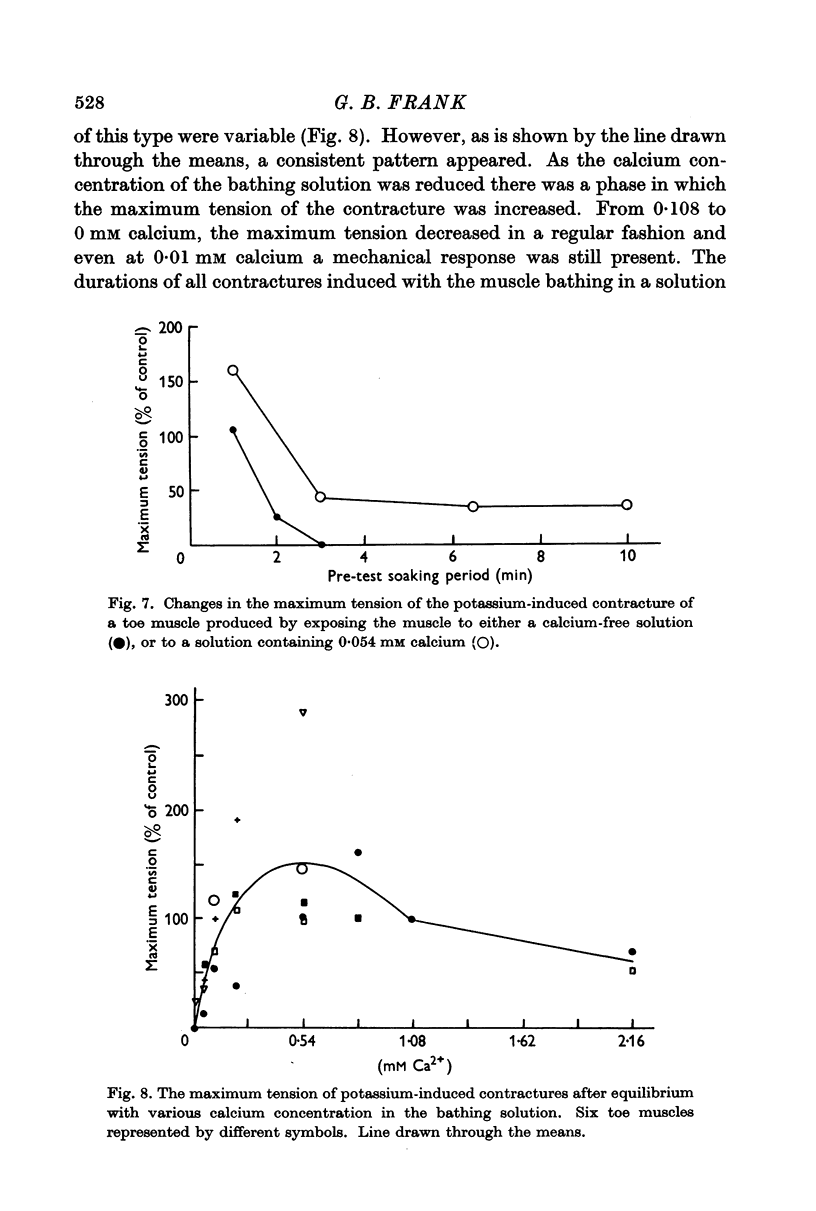
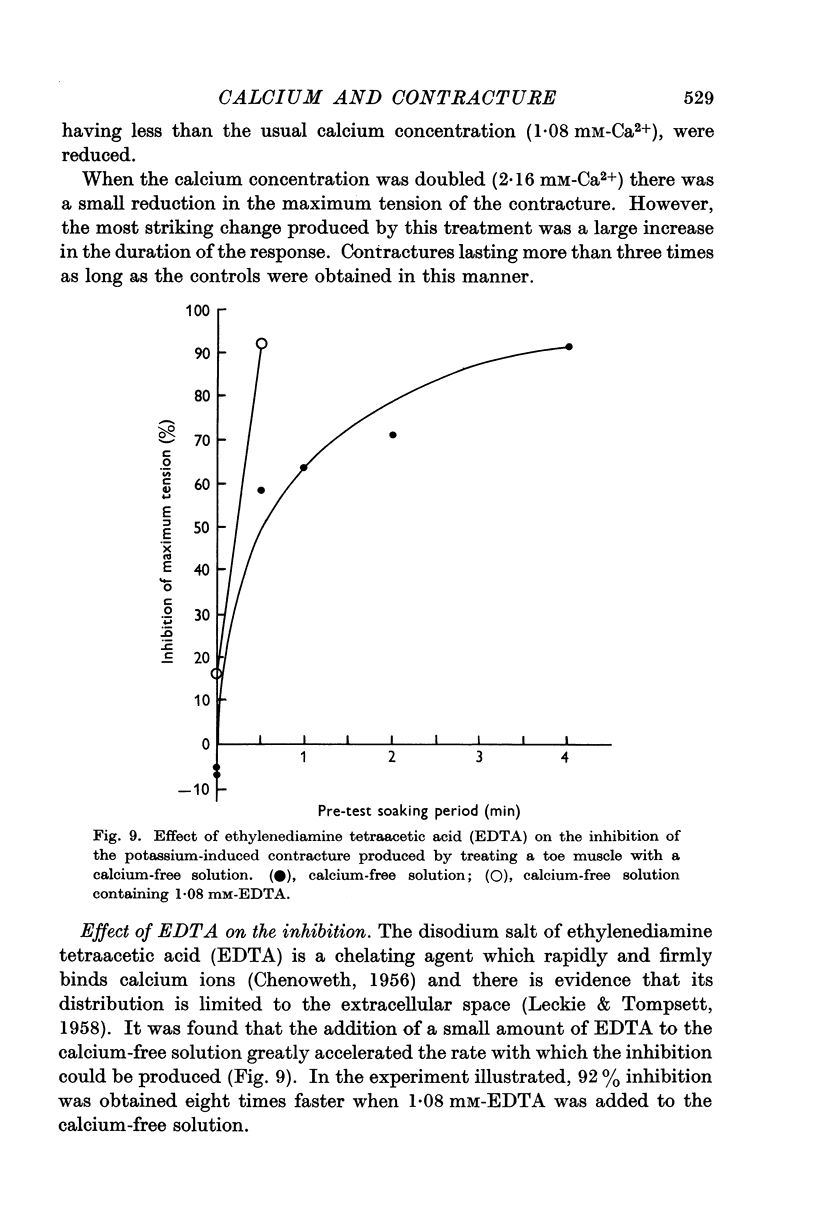
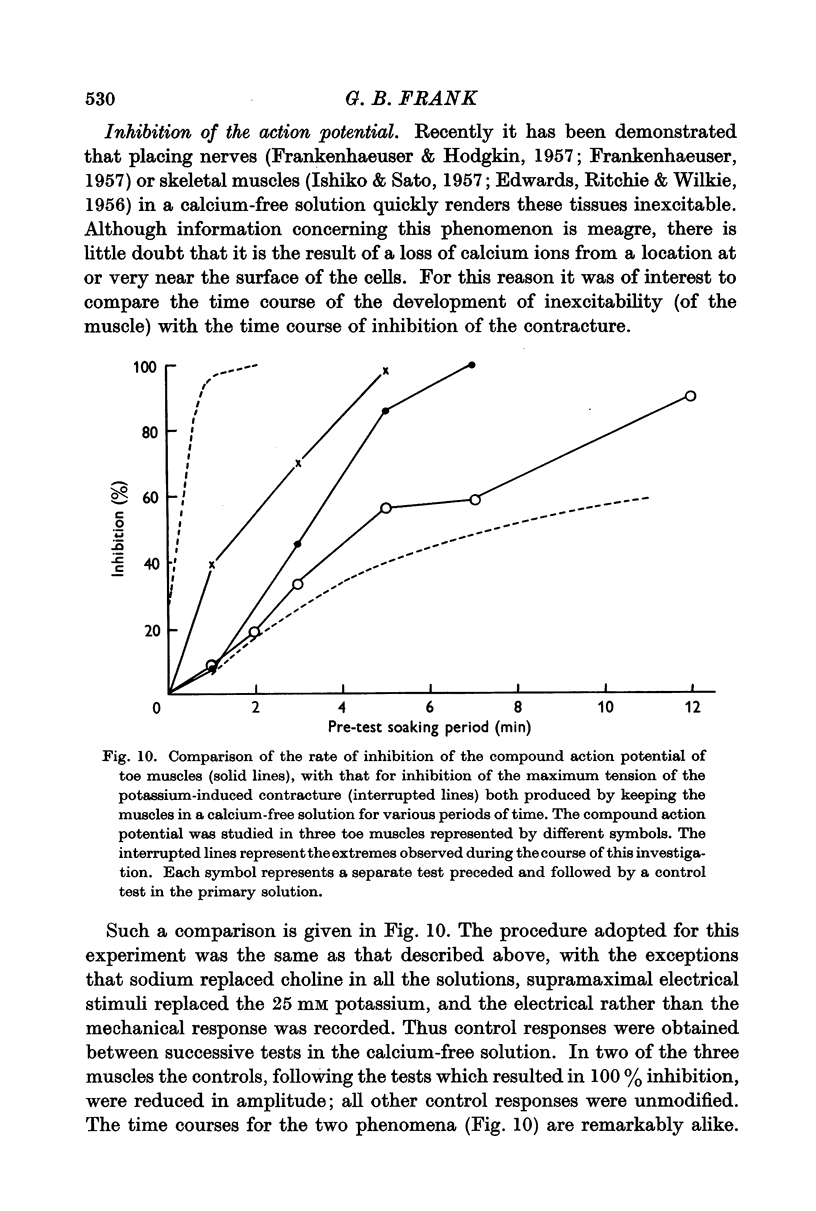
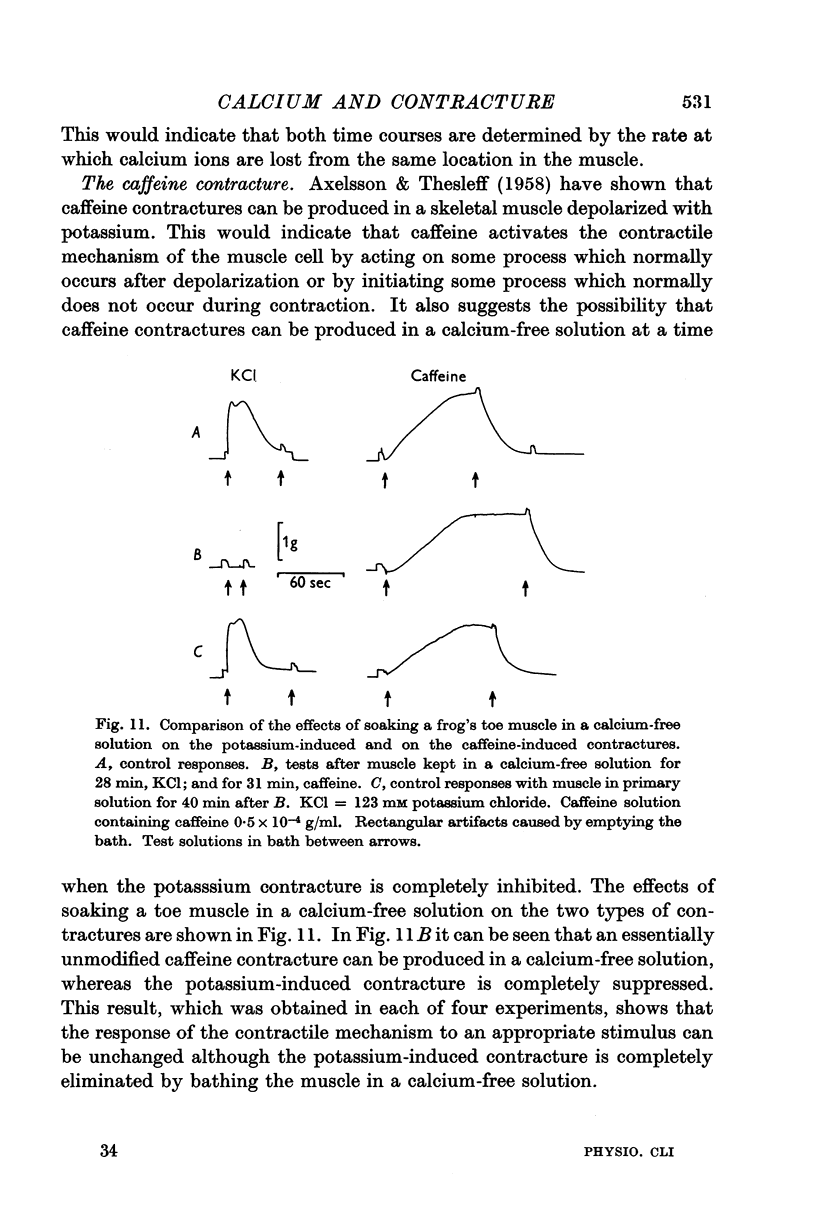
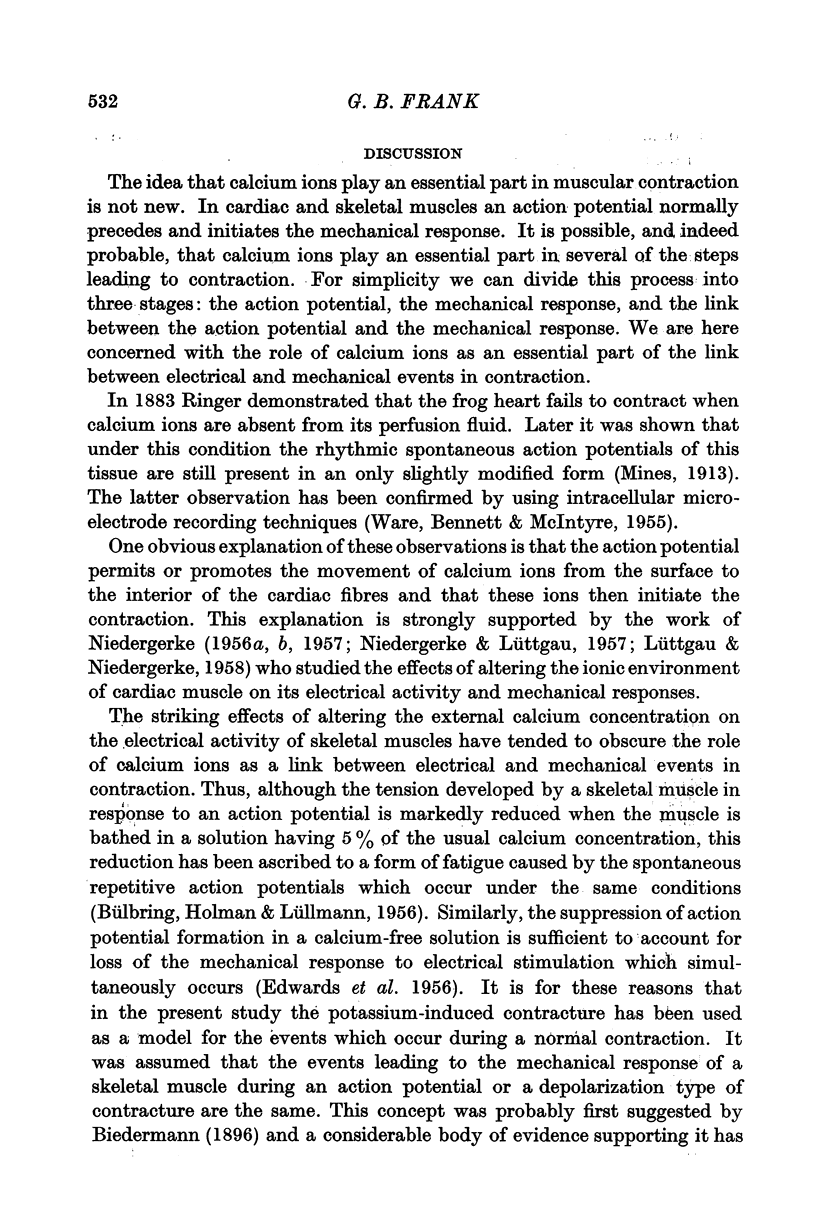
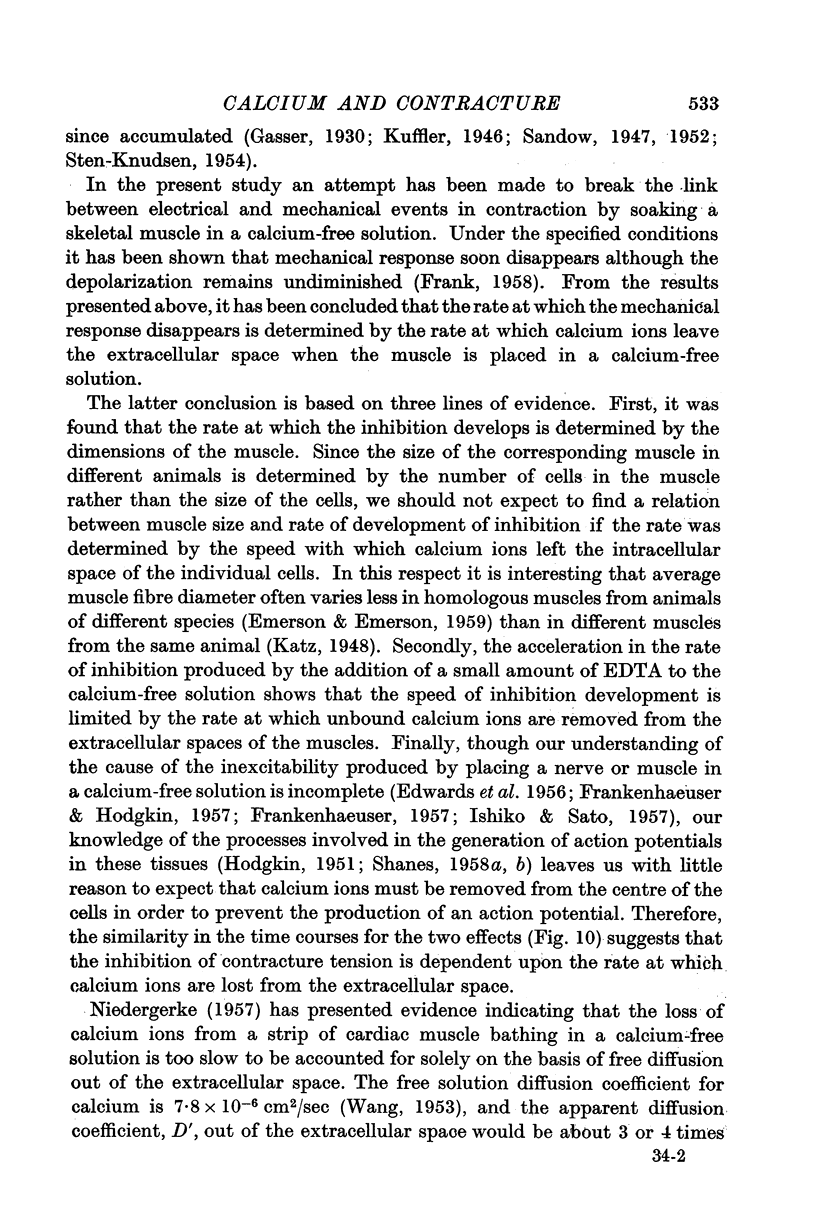
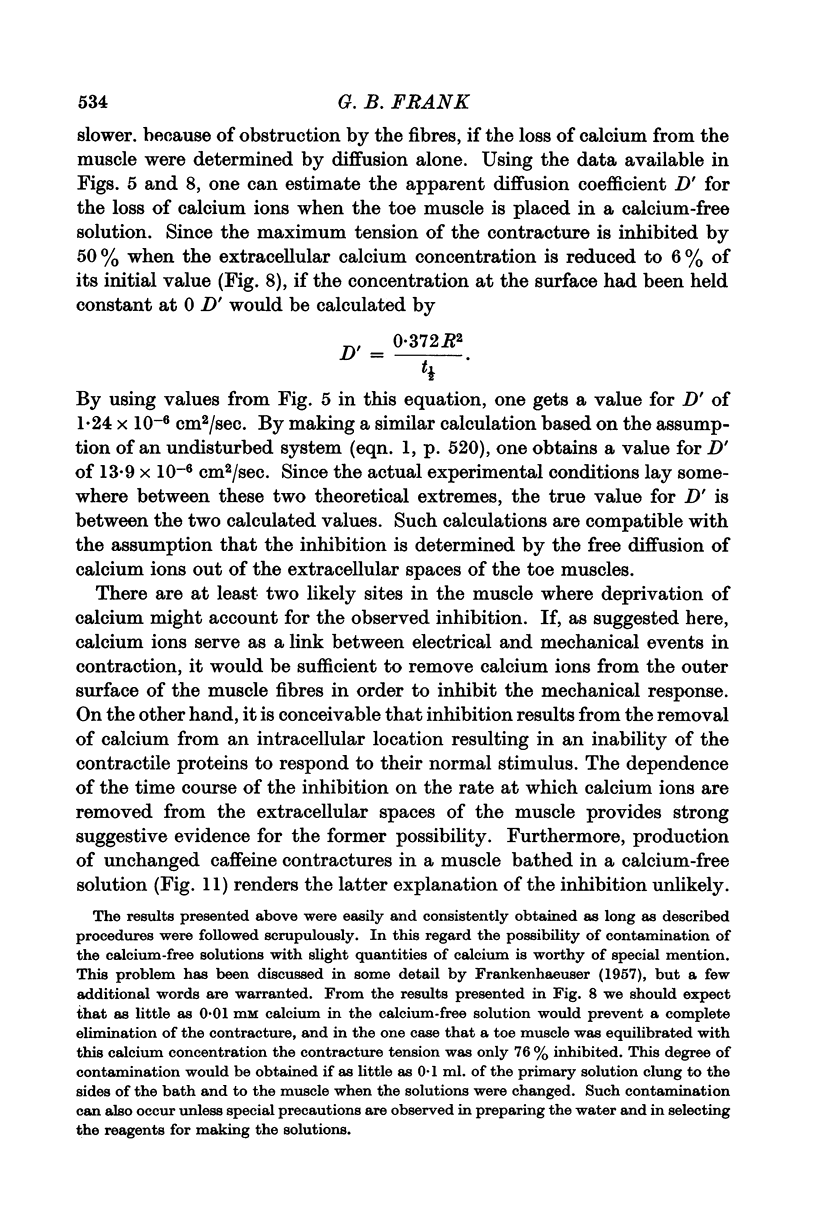
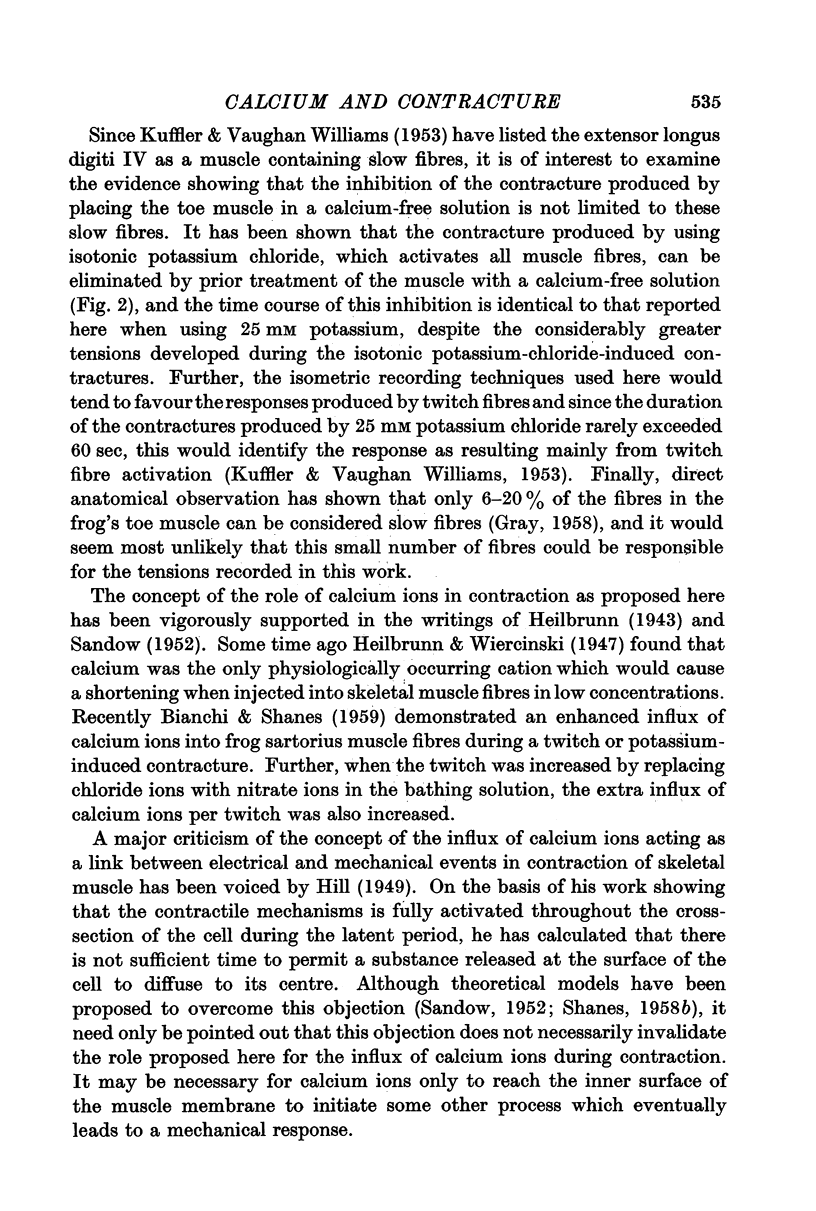
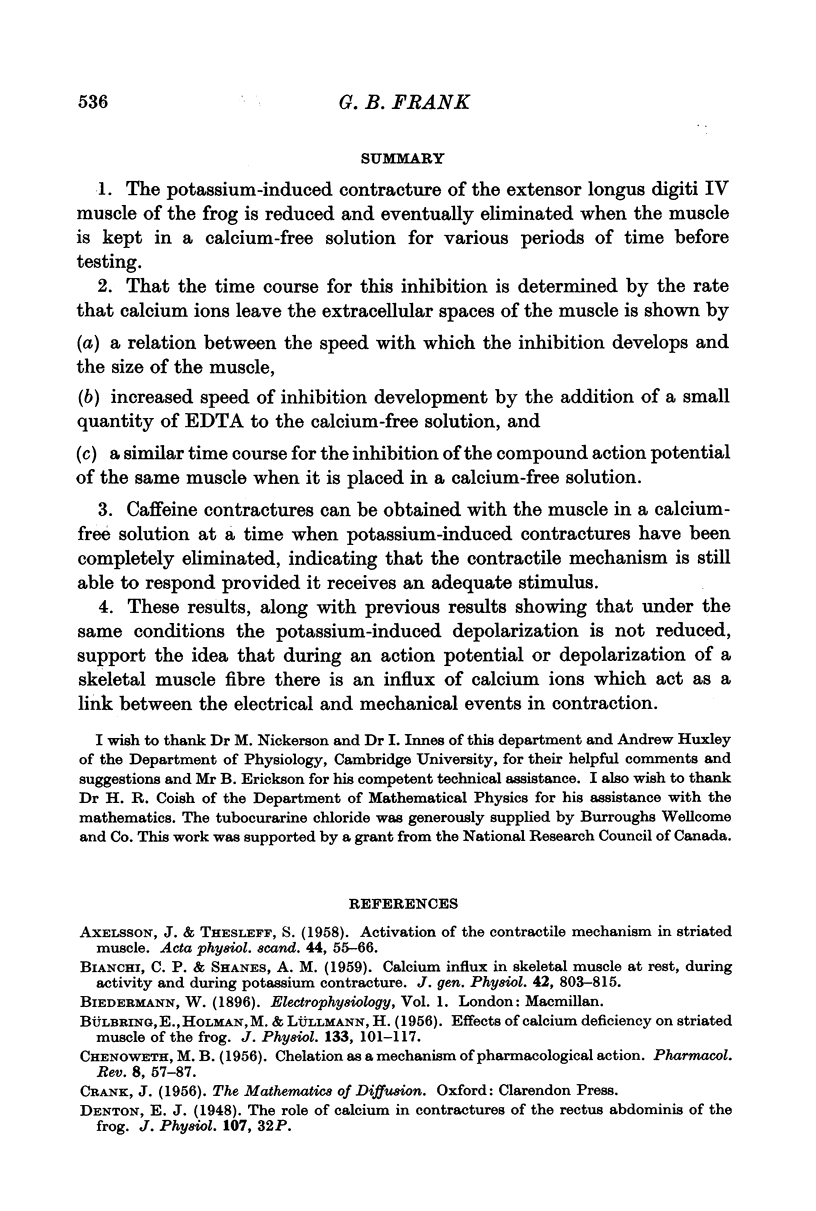
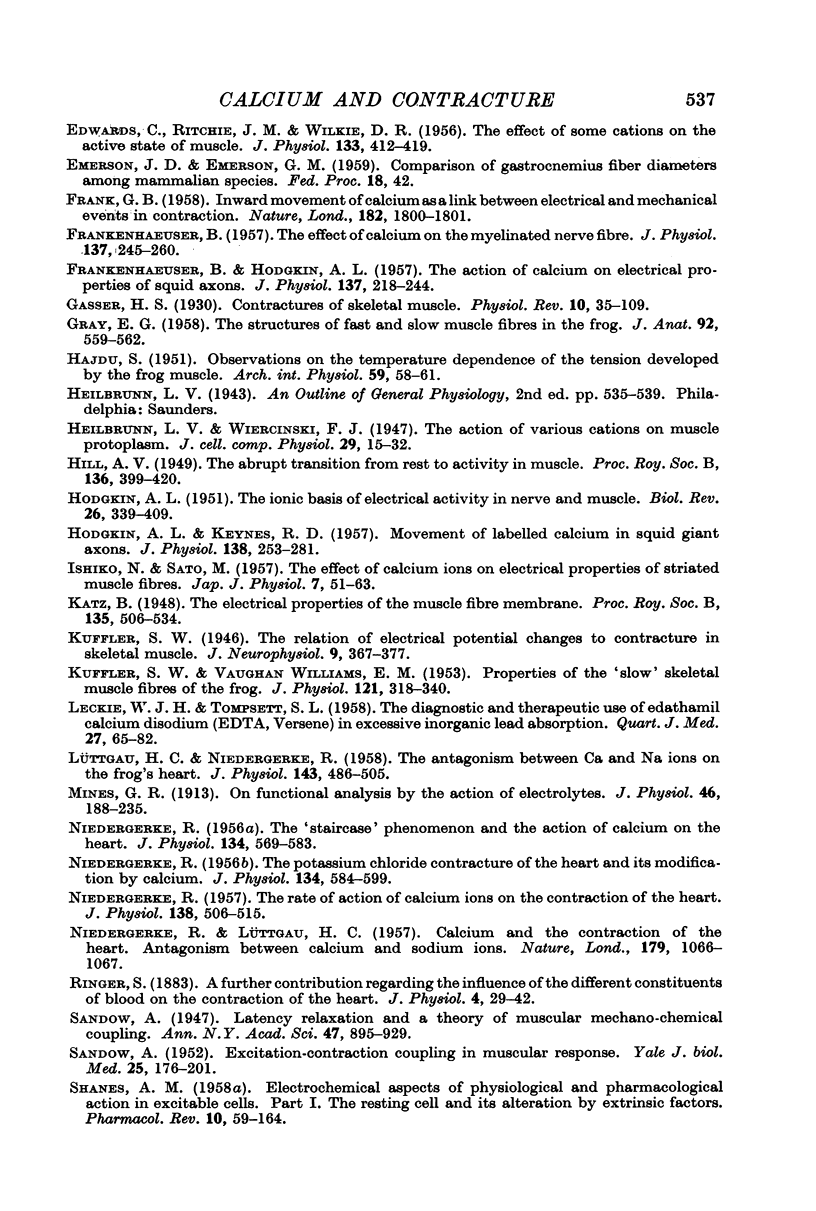
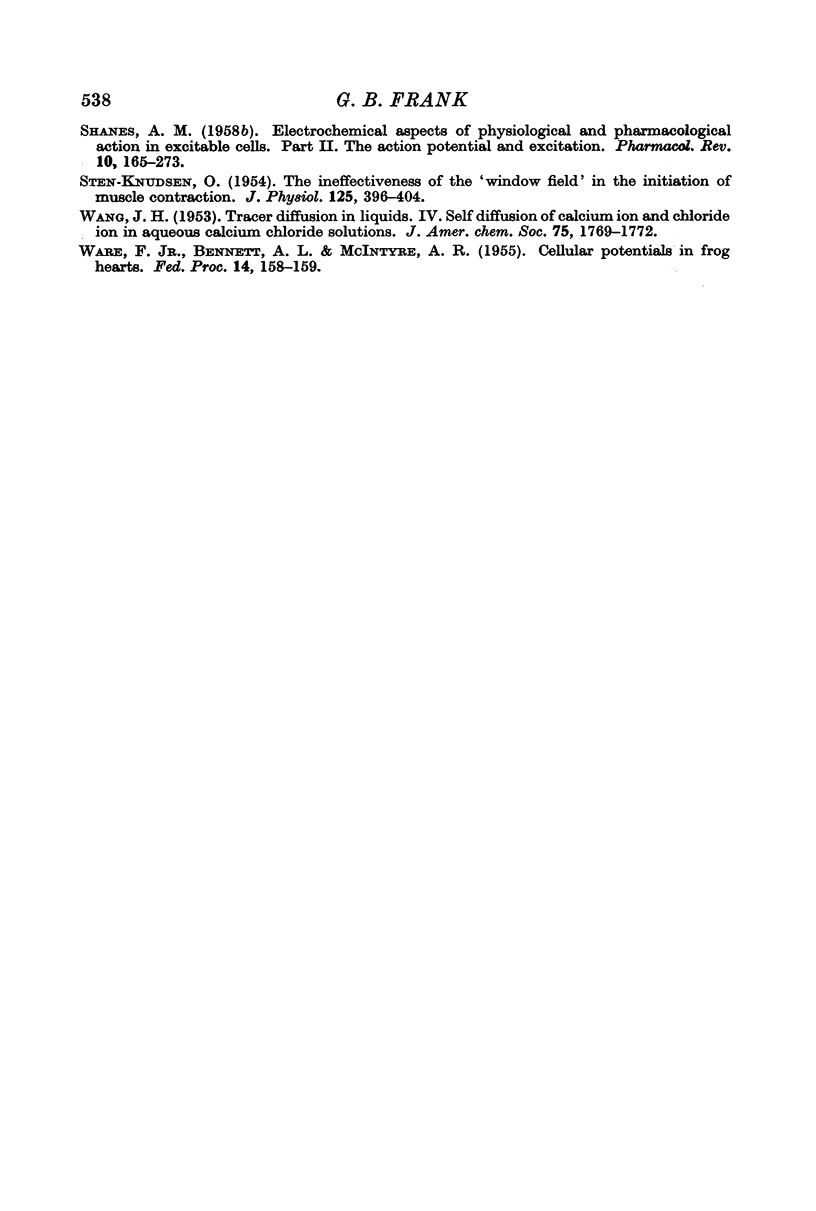
Selected References
These references are in PubMed. This may not be the complete list of references from this article.
- AXELSSON J., THESLEFF S. Activation of the contractile mechanism in striated muscle. Acta Physiol Scand. 1958 Oct 28;44(1):55–66. doi: 10.1111/j.1748-1716.1958.tb01608.x. [DOI] [PubMed] [Google Scholar]
- BIANCHI C. P., SHANES A. M. Calcium influx in skeletal muscle at rest, during activity, and during potassium contracture. J Gen Physiol. 1959 Mar 20;42(4):803–815. doi: 10.1085/jgp.42.4.803. [DOI] [PMC free article] [PubMed] [Google Scholar]
- BULBRING E., HOLMAN M., LULLMANN H. Effects of calcium deficiency on striated muscle of the frog. J Physiol. 1956 Jul 27;133(1):101–117. doi: 10.1113/jphysiol.1956.sp005569. [DOI] [PMC free article] [PubMed] [Google Scholar]
- CHENOWETH M. B. Chelation as a mechanism of pharmacological action. Pharmacol Rev. 1956 Mar;8(1):57–87. [PubMed] [Google Scholar]
- EDWARDS C., RITCHIE J. M., WILKIE D. R. The effect of some cations on the active state of muscle. J Physiol. 1956 Aug 28;133(2):412–419. doi: 10.1113/jphysiol.1956.sp005596. [DOI] [PMC free article] [PubMed] [Google Scholar]
- FRANKENHAEUSER B., HODGKIN A. L. The action of calcium on the electrical properties of squid axons. J Physiol. 1957 Jul 11;137(2):218–244. doi: 10.1113/jphysiol.1957.sp005808. [DOI] [PMC free article] [PubMed] [Google Scholar]
- FRANKENHAEUSER B. The effect of calcium on the myelinated nerve fibre. J Physiol. 1957 Jul 11;137(2):245–260. doi: 10.1113/jphysiol.1957.sp005809. [DOI] [PMC free article] [PubMed] [Google Scholar]
- FRANK G. B. Inward movement of calcium as a link between electrical and mechanical events in contraction. Nature. 1958 Dec 27;182(4652):1800–1801. doi: 10.1038/1821800a0. [DOI] [PubMed] [Google Scholar]
- GRAY E. G. The structures of fast and slow muscle fibres in the frog. J Anat. 1958 Oct;92(4):559–562. [PMC free article] [PubMed] [Google Scholar]
- HAJDU S. Observations on the temperature dependence of the tension developed by the frog muscle. Arch Int Physiol. 1951 May;59(1):58–61. doi: 10.3109/13813455109146625. [DOI] [PubMed] [Google Scholar]
- HODGKIN A. L., KEYNES R. D. Movements of labelled calcium in squid giant axons. J Physiol. 1957 Sep 30;138(2):253–281. doi: 10.1113/jphysiol.1957.sp005850. [DOI] [PMC free article] [PubMed] [Google Scholar]
- ISHIKO N., SATO M. The effect of calcium ions on electrical properties of striated muscle fibres. Jpn J Physiol. 1957 Mar 15;7(1):51–63. doi: 10.2170/jjphysiol.7.51. [DOI] [PubMed] [Google Scholar]
- KUFFLER S. W., VAUGHAN WILLIAMS E. M. Properties of the 'slow' skeletal muscles fibres of the frog. J Physiol. 1953 Aug;121(2):318–340. doi: 10.1113/jphysiol.1953.sp004949. [DOI] [PMC free article] [PubMed] [Google Scholar]
- LECKIE W. J., TOMPSETT S. L. The diagnostic and therapeutic use of edathamil calcium disodium (EDTA, versene) in excessive inorganic lead absorption. Q J Med. 1958 Jan;27(105):65–82. [PubMed] [Google Scholar]
- LUTTGAU H. C., NIEDERGERKE R. The antagonism between Ca and Na ions on the frog's heart. J Physiol. 1958 Oct 31;143(3):486–505. doi: 10.1113/jphysiol.1958.sp006073. [DOI] [PMC free article] [PubMed] [Google Scholar]
- Mines G. R. On functional analysis by the action of electrolytes. J Physiol. 1913 Jun 19;46(3):188–235. doi: 10.1113/jphysiol.1913.sp001588. [DOI] [PMC free article] [PubMed] [Google Scholar]
- NIEDERGERKE R., LUTTGAU H. C. Antagonism between calcium and sodium ions. Nature. 1957 May 25;179(4569):1066–1067. doi: 10.1038/1791066a0. [DOI] [PubMed] [Google Scholar]
- NIEDERGERKE R. The potassium chloride contracture of the heart and its modification by calcium. J Physiol. 1956 Dec 28;134(3):584–599. doi: 10.1113/jphysiol.1956.sp005667. [DOI] [PMC free article] [PubMed] [Google Scholar]
- NIEDERGERKE R. The rate of action of calcium ions on the contraction of the heart. J Physiol. 1957 Oct 30;138(3):506–515. doi: 10.1113/jphysiol.1957.sp005867. [DOI] [PMC free article] [PubMed] [Google Scholar]
- NIEDERGERKE R. The staircase phenomenon and the action of calcium on the heart. J Physiol. 1956 Dec 28;134(3):569–583. doi: 10.1113/jphysiol.1956.sp005666. [DOI] [PMC free article] [PubMed] [Google Scholar]
- Ringer S. A further Contribution regarding the influence of the different Constituents of the Blood on the Contraction of the Heart. J Physiol. 1883 Jan;4(1):29–42.3. doi: 10.1113/jphysiol.1883.sp000120. [DOI] [PMC free article] [PubMed] [Google Scholar]
- SANDOW A. Excitation-contraction coupling in muscular response. Yale J Biol Med. 1952 Dec;25(3):176–201. [PMC free article] [PubMed] [Google Scholar]
- SHANES A. M. Electrochemical aspects of physiological and pharmacological action in excitable cells. I. The resting cell and its alteration by extrinsic factors. Pharmacol Rev. 1958 Mar;10(1):59–164. [PubMed] [Google Scholar]
- SHANES A. M. Electrochemical aspects of physiological and pharmacological action in excitable cells. II. The action potential and excitation. Pharmacol Rev. 1958 Jun;10(2):165–273. [PubMed] [Google Scholar]
- STEN-KNUDSEN O. The ineffectiveness of the `window field' in the initiation of muscle contraction. J Physiol. 1954 Aug 27;125(2):396–404. doi: 10.1113/jphysiol.1954.sp005167. [DOI] [PMC free article] [PubMed] [Google Scholar]


